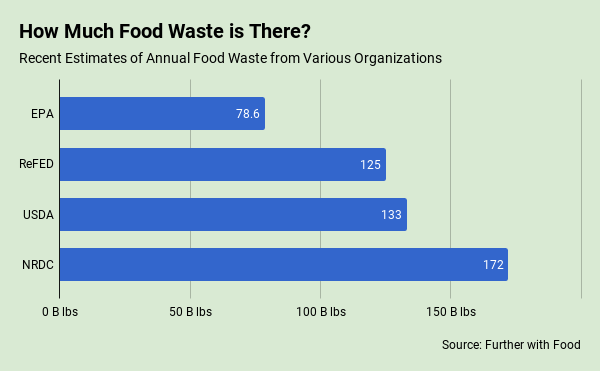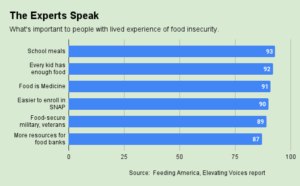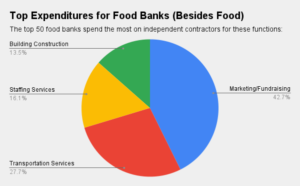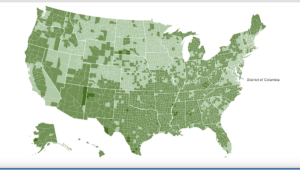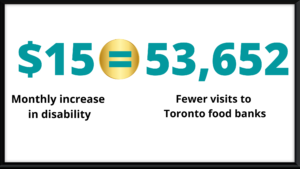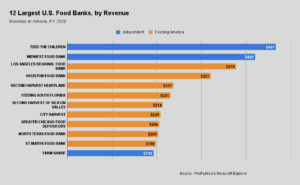Anyone who’s ever contemplated an all-you-can-eat buffet can easily imagine the epic amounts of food that get wasted every day at every level of the food system — at restaurants, grocery stores, schools, cafeterias, and homes. And that’s not counting the food wasted by farms, manufacturers, and distributors before it even reaches the retail market.
We all know the problem is huge, but we don’t know how huge. No standard way of figuring how much food is wasted — whether measured by volume or monetary impact — exists. Does food count as wasted if it’s not eaten, but put toward some other productive use, like fertilizer or animal feed? There’s no agreement on this. Should the inedible parts of food be counted in the waste tally? How about the parts that are edible but typically not eaten, like carrot tops and broccoli bottoms?
Each of the entities trying to measure the problem has its own take. At the low end is the EPA, which puts the number at 76.8 billion pounds (in 2014), but only includes food waste produced at the retail level, not by manufacturers, distributors, and farms. The National Resources Defense Fund thinks there is way more waste than that — 172 billion pounds (in 2010). It counts waste produced at all stages of the food system, except farms. ReFED, a non-profit focused on reducing food waste, counts waste at every level, including farms, to come up with 125 billion pounds of waste (in 2015). In line with ReFED is the USDA, which counts 133 billion pounds of waste (in 2010), but has a narrow view, including only retail waste in its estimate.
About the only good thing about food waste is that it provides a rich resource for food banks and pantries. In fact, the modern-day food banking system likely would not exist without the tremendous amount of waste occurring at the wholesale level that can be easily captured and transported to food-bank facilities.
